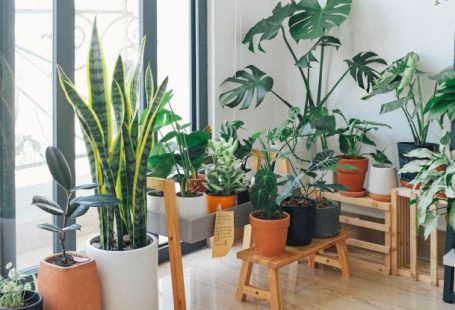Rain gardens are an innovative and eco-friendly way to manage stormwater runoff while creating a beautiful and sustainable landscape. These gardens are designed to capture rainwater and allow it to slowly infiltrate into the ground, reducing the risk of flooding and pollution in our waterways. Constructing a rain garden may seem like a daunting task, but with the right knowledge and guidance, it can be a rewarding project that benefits both the environment and your property.
Planning Your Rain Garden
Before you start digging in your yard, it’s essential to carefully plan your rain garden to ensure its effectiveness and longevity. Begin by selecting a suitable location for your rain garden. Look for a low-lying area in your yard where water naturally collects during heavy rainfall. Ideally, the garden should be placed at least 10 feet away from your home’s foundation to prevent water seepage into your basement.
Once you have identified the location, determine the size and shape of your rain garden based on the amount of stormwater runoff it will need to manage. Consider the slope of your yard and the type of soil present, as these factors will impact the garden’s ability to absorb water efficiently. A typical rain garden is around 100 to 300 square feet in size, but this can vary depending on your specific needs.
Excavating and Shaping the Garden Bed
The first step in constructing a rain garden is to excavate the garden bed to create a shallow depression that will hold the rainwater. Dig the bed to a depth of around 6 to 8 inches, sloping the sides gradually to mimic the natural contours of the land. Use the excavated soil to build berms around the perimeter of the garden, which will help contain the water during heavy rains.
To enhance the drainage capabilities of your rain garden, consider amending the soil with compost or other organic matter to improve its infiltration rate. This will help prevent water from pooling on the surface and ensure that it percolates into the ground quickly. Avoid using heavy clay soils, as they can hinder water movement and lead to waterlogging in the garden.
Selecting and Planting Native Species
Choosing the right plants for your rain garden is crucial to its success and sustainability. Native plants are well-adapted to the local climate and soil conditions, making them more resilient and low-maintenance compared to exotic species. Select a mix of grasses, shrubs, and flowering perennials that can thrive in both wet and dry conditions, providing habitat for pollinators and wildlife.
When planting your rain garden, arrange the plants in layers according to their water tolerance and height, with moisture-loving species placed in the center of the garden where water accumulates most. Mulch the garden bed with wood chips or shredded leaves to retain moisture, suppress weeds, and protect the soil from erosion.
Maintaining Your Rain Garden
Once your rain garden is planted and established, it’s essential to provide regular maintenance to ensure its long-term effectiveness. Keep an eye on the garden during heavy rain events to ensure that water is draining properly and not pooling in certain areas. Remove any debris or sediment that may accumulate in the garden to prevent clogging and improve water infiltration.
Regularly weed the garden bed to prevent invasive species from taking over and competing with your native plants. Consider adding a layer of mulch annually to replenish nutrients and organic matter in the soil. Prune and divide plants as needed to promote healthy growth and prevent overcrowding in the garden bed.
Incorporating a rain garden into your landscape not only helps manage stormwater runoff but also adds beauty and biodiversity to your property. By following these guidelines and tips, you can construct a sustainable rain garden that benefits the environment and enhances your outdoor space for years to come.





